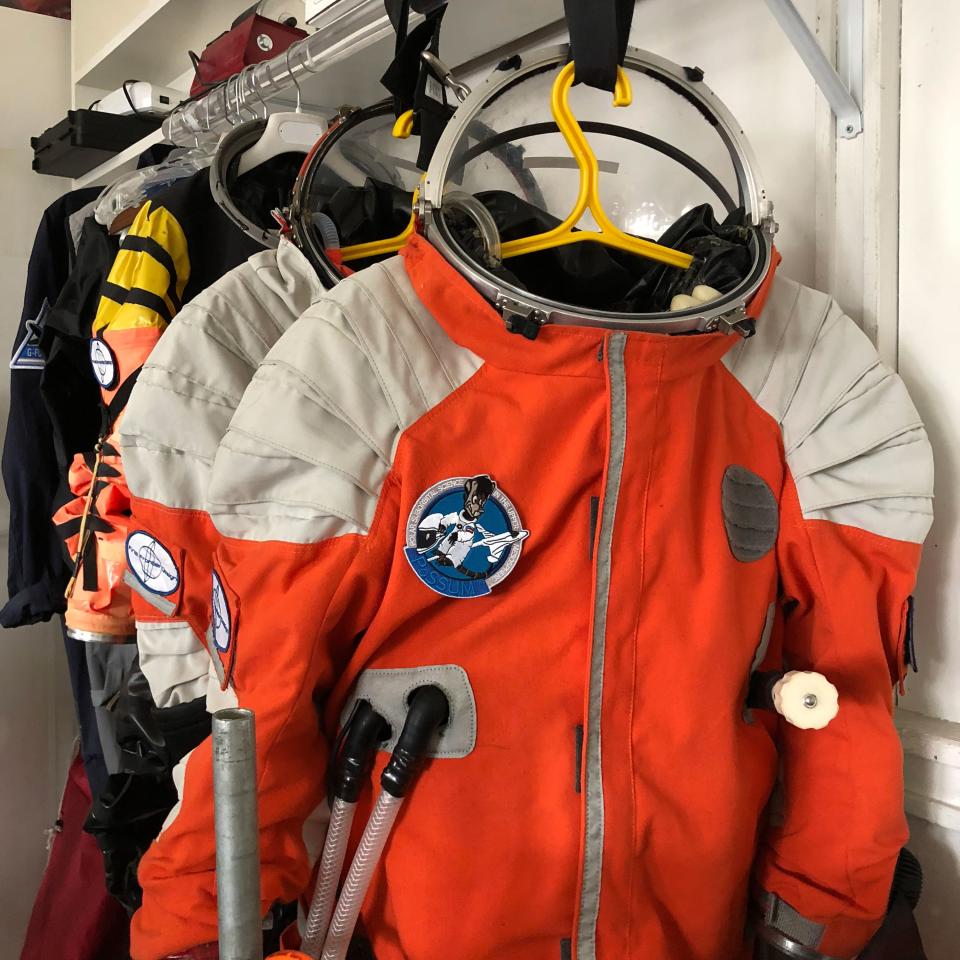Intergalactic Fashion Is Trending on the Runways, But It Has Nothing on the Real Thing
Intergalactic Fashion Is Trending on the Runways, But It Has Nothing on the Real Thing
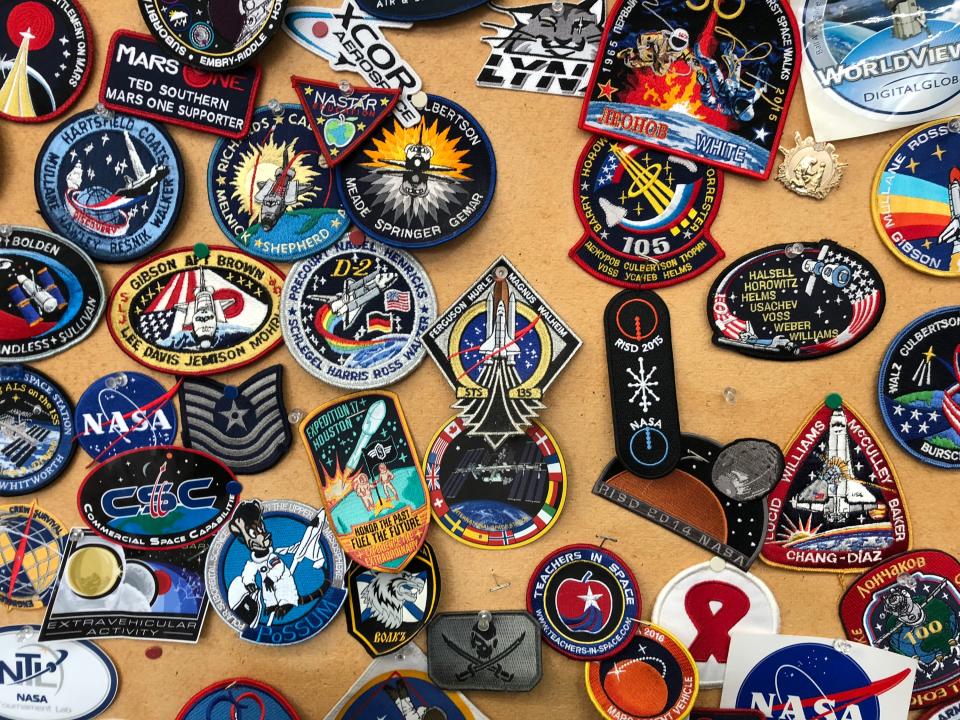
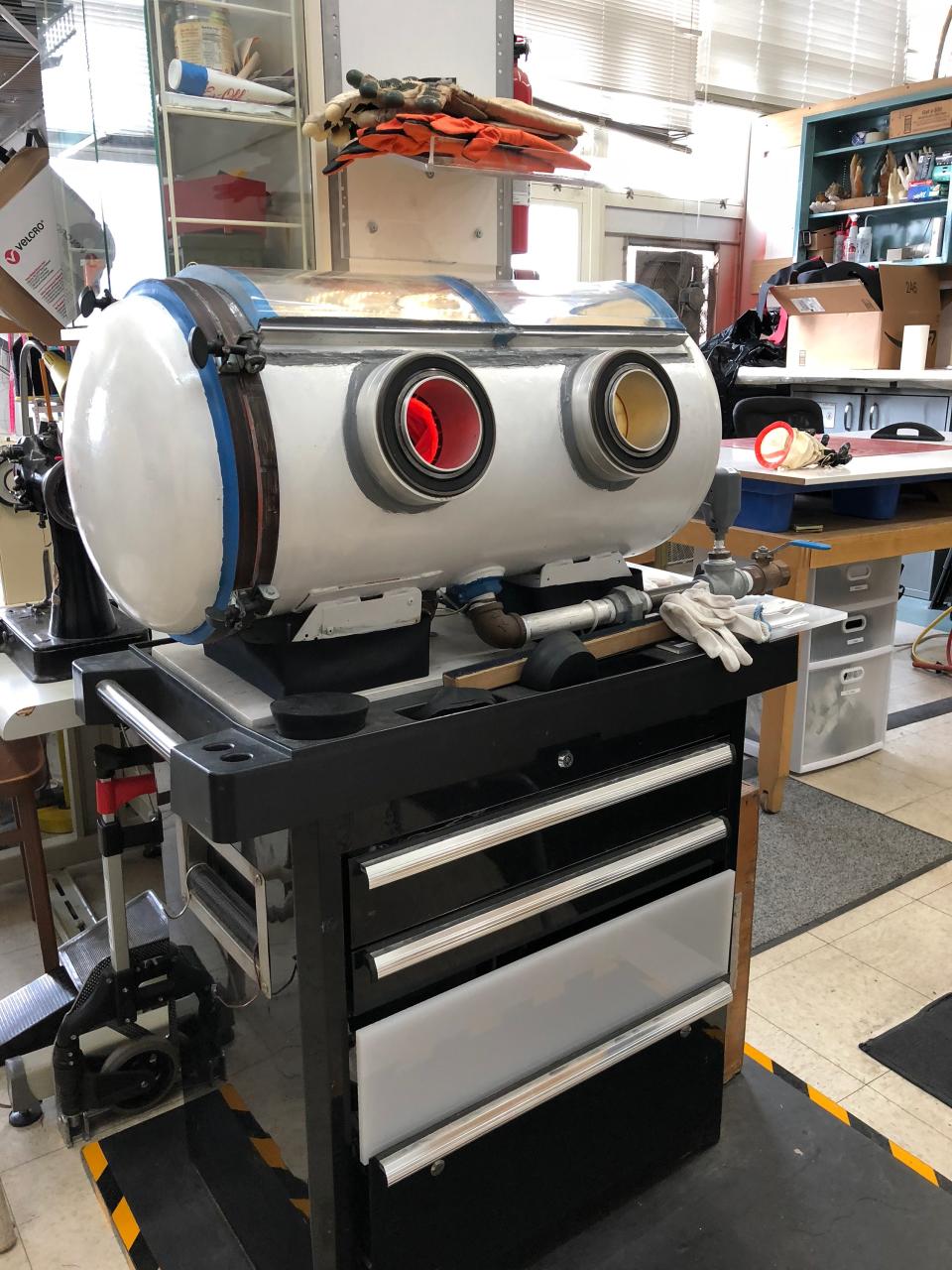
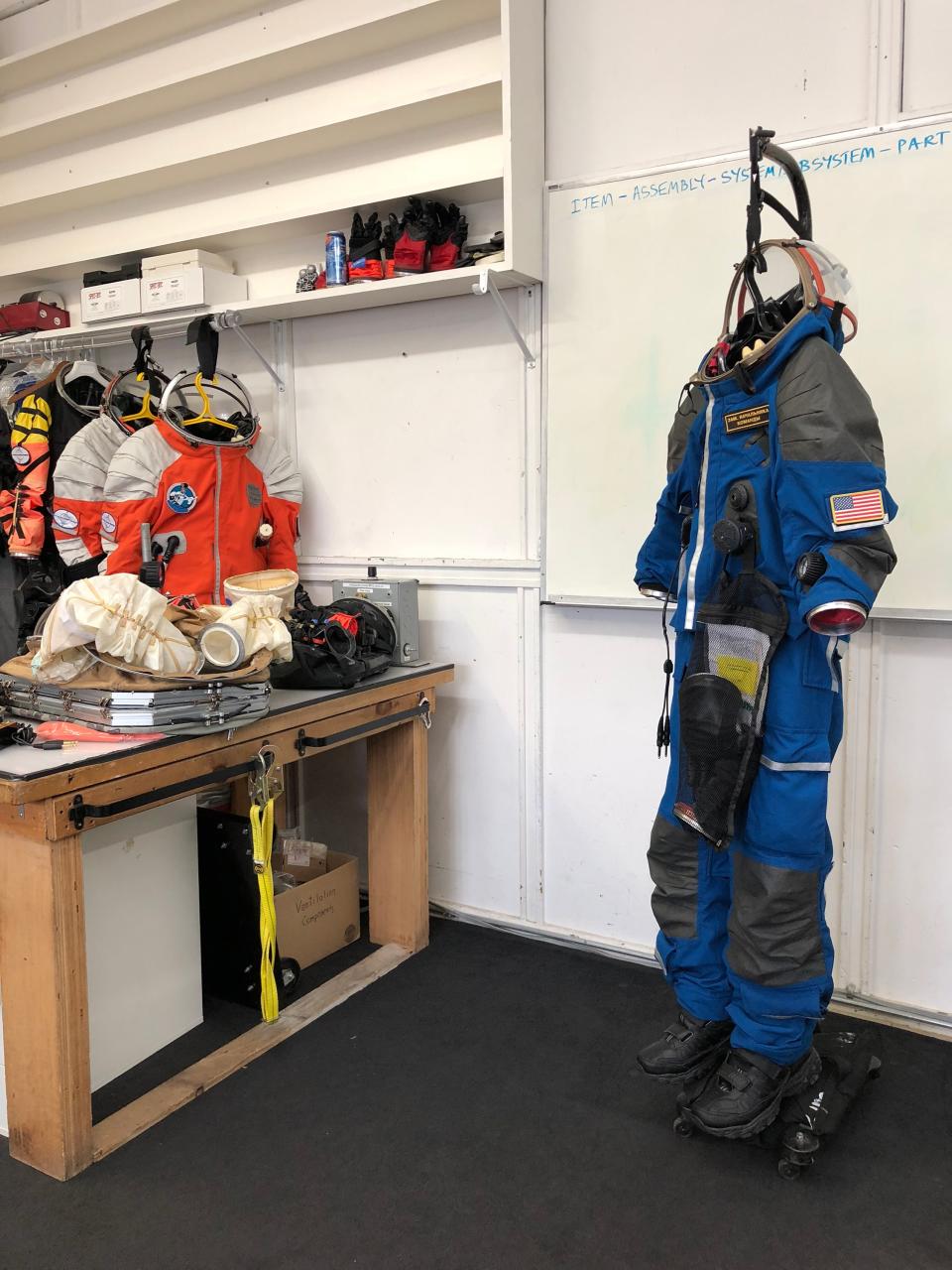
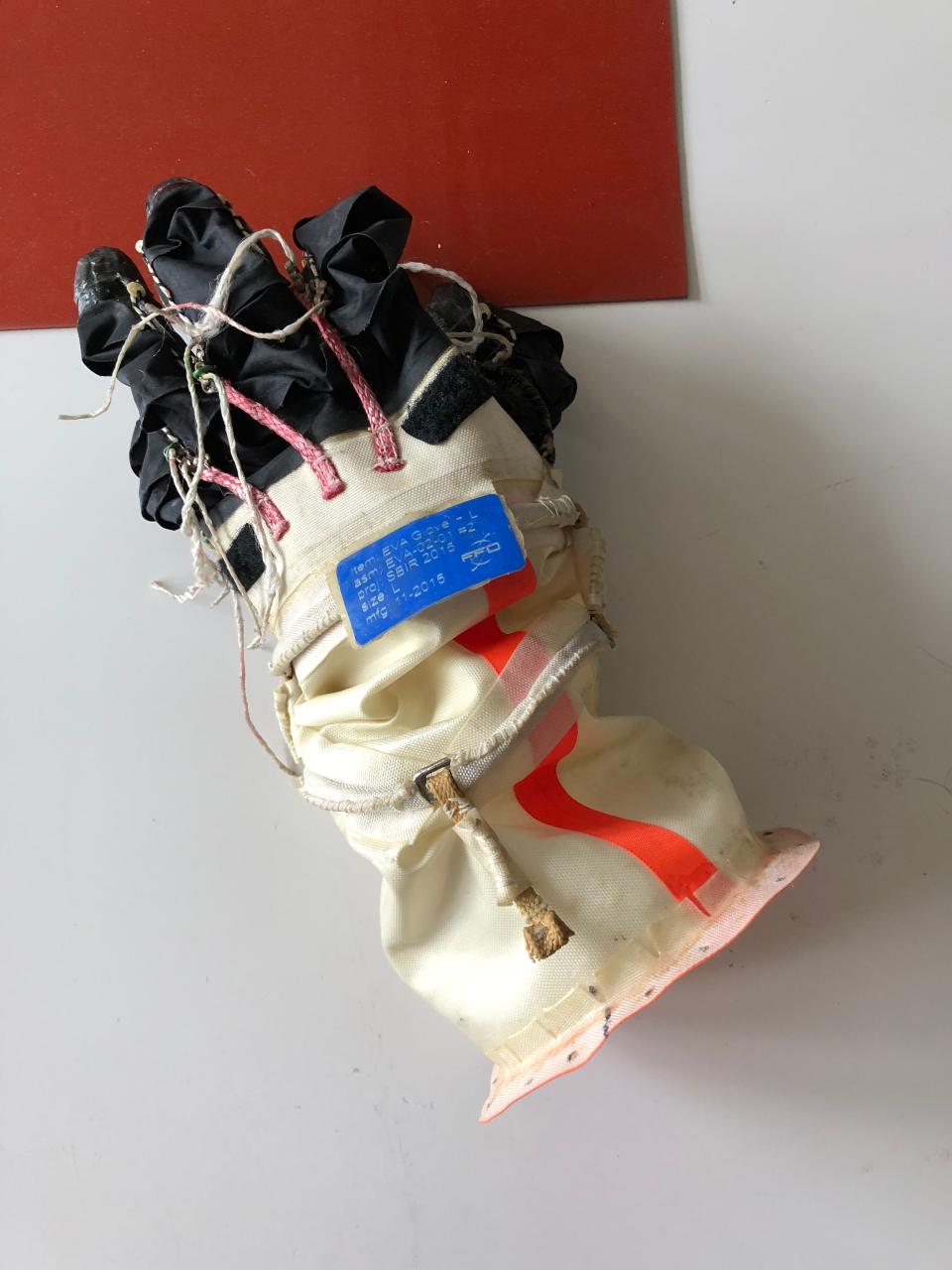
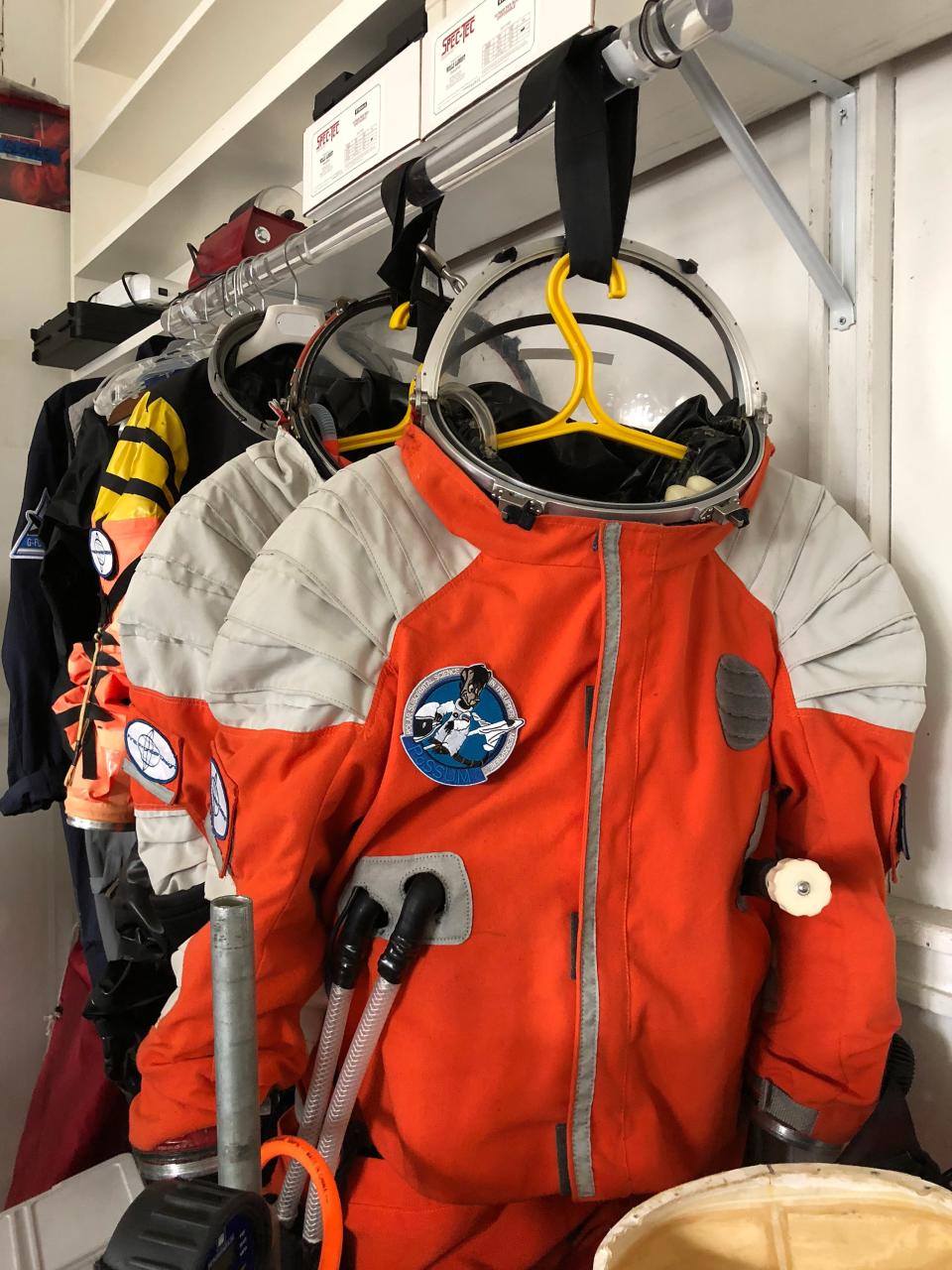
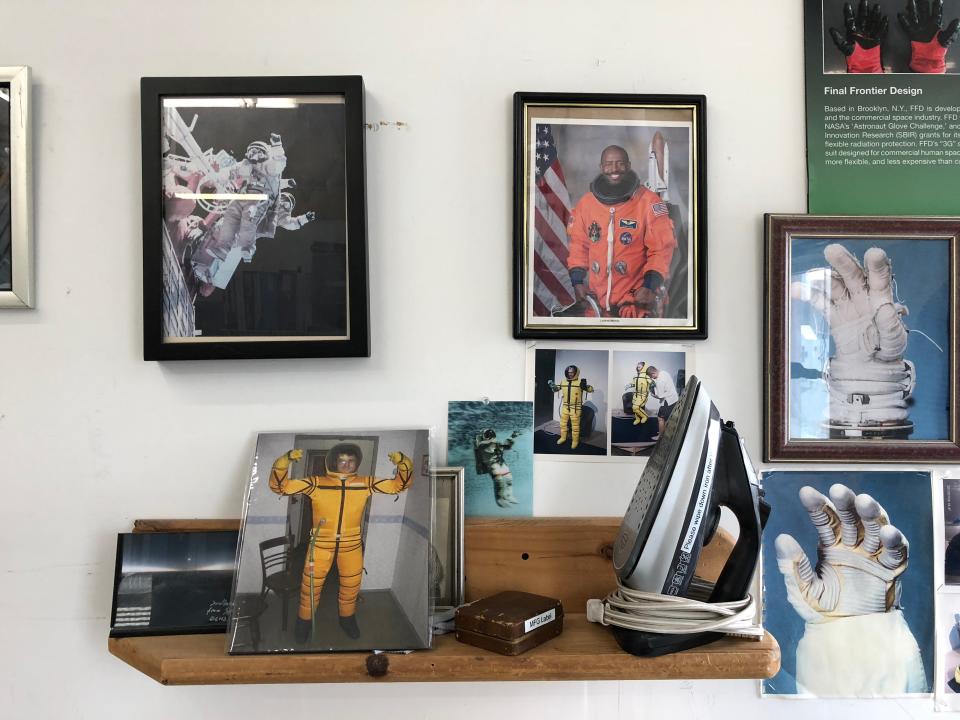
“We would really like to focus on the terrestrial market, which is much larger than the space market,” says Ted Southern earnestly. The issue of getting earthbound human beings into one’s garments tends to be pretty cut and dry for most fashion companies, but Final Frontier Design is not most fashion companies. As their brand name might tell you, Southern and his partner Nikolay Moiseev specialize in clothing for outer space, namely intravehicular (IVA) for inside a ship, and extravehicular (EVA) for outside, space suits. The pair—Southern is an American designer and Moiseev, a Russian aeronautical engineer—met at NASA’s Astronaut Glove Challenge, a competition to design a new model of space suit gloves, in 2007. In 2009, they won second place in a follow-up round of the competition for their pressurized gloves, and in the near-decade since, they have become frequent collaborators of NASA and true innovators in the space apparel world.
With ideas of intergalactic travel trending on terra firma, from Elon Musk’s SpaceX launches to NASA’s continued goal of getting to Mars, and in fashion, from Chanel’s pseudo rocket ship for Fall 2017 to Heron Preston’s Fall 2018 “space suit,” it seemed only fitting to check in with designers who make the real thing. What I can tell you is that putting on an IVA suit is way more complicated than popping on a Tom Sachs tee with the NASA worm logo on the chest.
My journey to space style begins with signing two medical waivers and a quick trip to the Brooklyn Navy Yard, where Southern maintains a studio filled with scientific treasures. In one corner, a patternmaker is cutting fabric that will be made into hats for a menswear designer, in another, there is a rack of space suits, one in safety orange and one in cobalt. The cobalt is the one I’ll be wearing. Like any person who’s signed away her rights to sue in case of a pulmonary embolism, I’m stalling, so I ask Southern for a guided tour around the studio.
As we walk from corner to corner with Southern’s dog, Milo, trailing us, Southern explains how a guy with a degree in French horn performance from the University of Puget Sound became a key figure in interstellar clothing. A fascination with design led him to a job at Izquierdo Studio, a costume shop in New York that makes everything from costumes for movies to Angel wings for the Victoria’s Secret Fashion Show. “It exposed me to a lot of different materials, techniques, and concepts that there’s no way I could have learned other than doing it,” he says.
Southern went on to pursue a graduate degree at Pratt Institute, where his focus was honed. “Everything I did at Pratt had to do with hands. I was really obsessed with hand functionality; I had a hand injury and I started reading a lot about hand theory,” Southern begins. “Fundamentally, hands are what make us human. Our mechanical ability to naturally oppose our thumbs to our fingers is unique in the animal kingdom, and there are some theories that say it’s what drove our brains to create language because we are able to manipulate so many various objects that we needed a way to talk about them.”
In orbit, hand functionality is key. The pressure of the universe weighing on a space suit makes it extremely difficult to move one’s fingers at all, which Southern demonstrates in a vacuum device he built while a student. Inside the white box, with your hands inside mock-up astronaut gloves, you need to exert real strength to be able to touch your thumb to your forefinger. Now imagine trying to refuel the International Space Station, and all the bits and bobs associated with that act.
A couple of years into his stint with Izquierdo Studio, Southern and Moiseev got into business with NASA. “[I’m] very autodidactic,” Southern admits. “I’ve learned to think and speak like an engineer over time . . . Sometimes I can’t believe how much faith NASA has allowed and put in us to learn as we go. The fact that I’ve been the principal investigator on eight NASA contracts with an MFA I think speaks a lot to their trust and willingness to work outside their normal bounds.” Final Frontier Design has a Space Act Agreement with NASA, which allows for an exchange of information without any exchange of funds. “It allows us to speak to their engineers specifically focused on our IVA suit and come up with a human rating plan to allow it to fly.”
FFD’s big project for 2018 and beyond is to expand its EVA sales and IVA research program. The IVA suit, with its pressurized body and intense wear testing, costs upward of $300,000 to purchase. Call it orbital couture. Costs aside, with commercial space flight becoming more of a reality—Southern estimates about 15 companies are exploring private space travel—the notion of being able to grow that aspect of the business surely seems plausible. But more than outfitting extraterrestrial humans, Southern and Moiseev see an opportunity to transfer their learnings to earthly garments. “The first and most obvious spin-off would be for personal protective equipment for firefighters and electrical linesmen,” says Southern. “There’s also the materials development drive that I think does trickle down into fashion. Dyneema, which is an ultra-high molecular weight polyethylene, is now used in Levi’s. It just helps keep wear down more.”
As an artist-cum-engineer, Southern is not totally convinced of fashion’s space obsession just yet. “From a strictly fashion standpoint, there’s a superficial element to it. But that has its merits, since it’s interesting, exciting, and people talk about it, like the Chanel show,” he begins. “But there’s some irony in it.”
“I’m glad that NASA is cool and respected,” he continues. “Politically, it’s bipartisan, popular, and it should remain that because it is money dedicated to science and exploration where we’re not killing people on purpose. It has a lot of unforeseen beneficial consequences for us that people don’t think about, like our cell phones and GPS and solar panels. People often say Velcro, of course, but there are some more important things, like our computers. For me, I am a starry-eyed idealist, I see this as a positive faith in technology that can help problems that we have here on Earth.”
So, what’s it like to step inside an astronaut’s IVA suit? Difficult and odd; it’s unlike anything else I’ve ever worn before. After I suit up in a Nike stretch base layer, Southern helps me into what feels like a plastic bag interior suit with dozens of clasps he fastens. As he hooks clasps I can’t even see, let alone reach, I’m slightly regretting my choice, but there’s no turning back now. As the blue suit zips up around me, a pressurized air stream begins flowing, and suddenly, instead of moving easily, it feels like I’m suspended, wrapped by air and pressure and high-tech materials in a surreal hug. Between all the snaps and pressurized compartments, each material taking a form custom to my fit and needs, it feels like I’m exactly where I need to be, floating inside a garment that could be floating outside the International Space Station. Do I feel as good as I would in a Chanel astronaut suit? Or a Heron Preston combo? I feel better. FFD’s IVA suit makes you feel infallible in a way a cotton or jacquard or wool garment never could. I can only hope the astronauts feel the same security up there. Should Mars Fashion Week ever become a thing, maybe I’ll get to find out.
